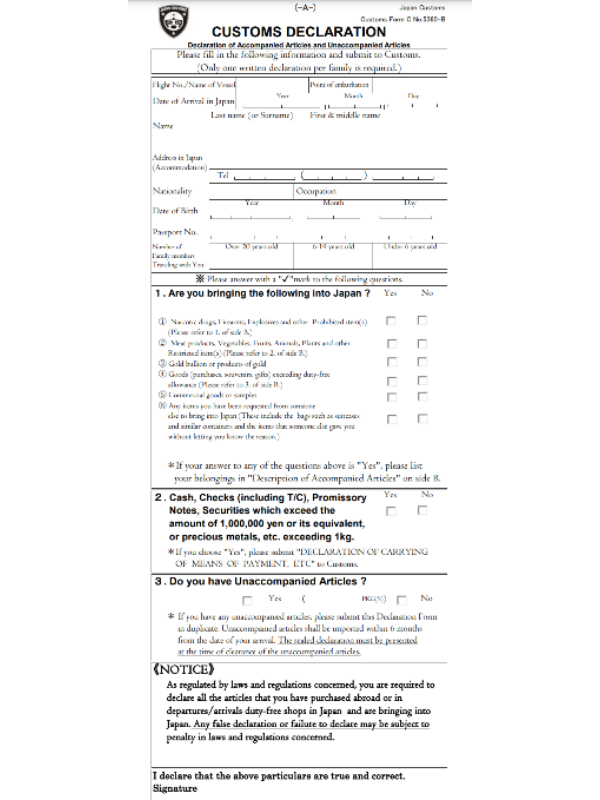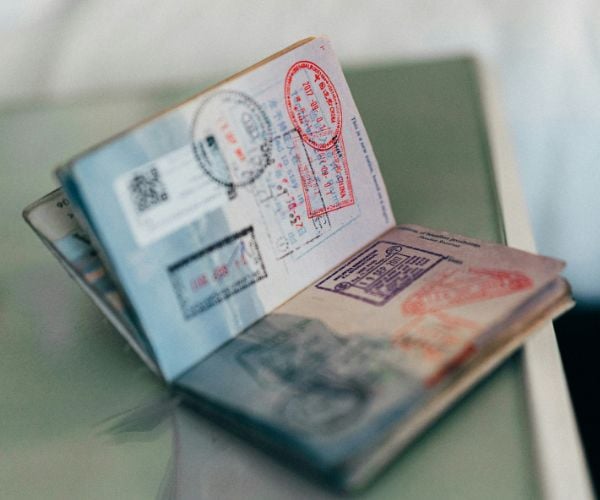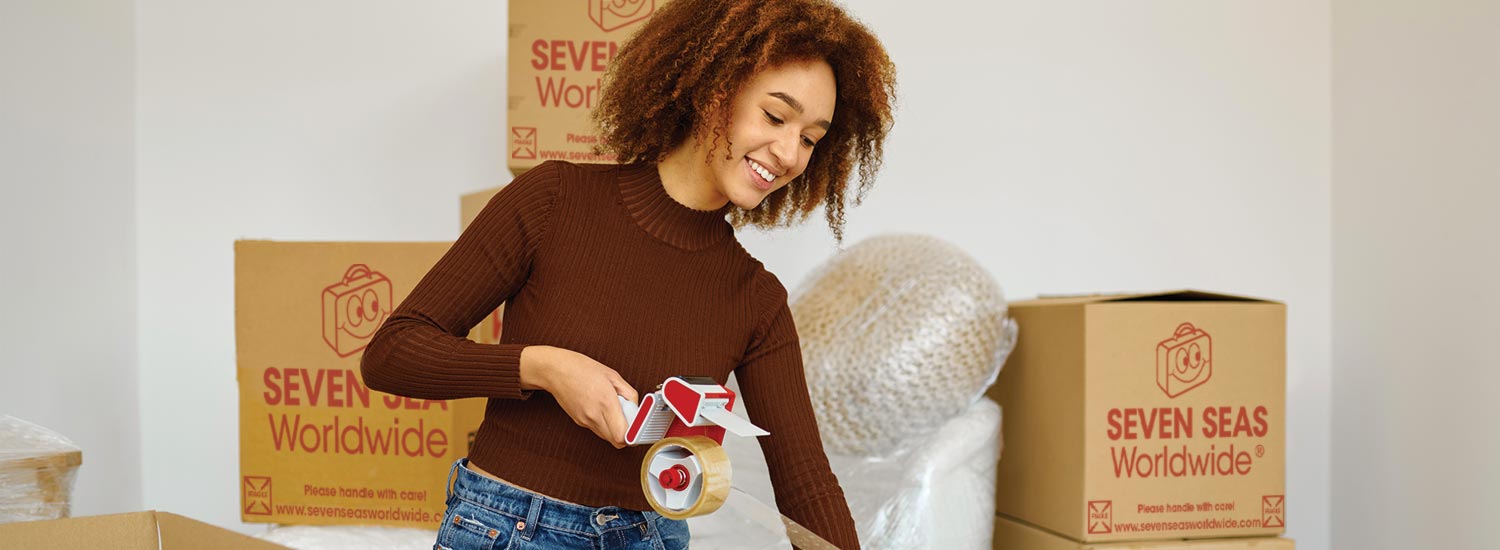Before packing, check this list of items prohibited from entering a particular country or region.
Key takeaways
- The Japan customs declaration form C-5360 is a mandatory document Japanese citizens returning to the country with unaccompanied personal goods must complete for duty-free importation.
- A Japan customs form C-5360-B is similar to form C-5360 but is written in English and is specifically for non-Japanese citizens moving to Japan.
- To import unaccompanied used household goods and personal effects into Japan duty-free, complete a Declaration of Personal Effects and Unaccompanied Articles form, fill in a packing list and provide any necessary documents.

What is Japan customs form C-5360?
Japan custom form C-5360 is a mandatory document for Japanese citizens returning to Japan with unaccompanied personal goods. It is also known as a Declaration of Personal Effects and Unaccompanied Articles. Completing a C-5360 form is necessary for the duty-free importation of used household goods and personal effects into Japan, provided you have owned and used them before you arrived in the country.
All passengers with unaccompanied baggage entering Japan must submit two copies of a C-5360. A Japanese customs officer will stamp both, keeping one and returning the other to the passenger. You must present this copy when your belongings arrive in Japan to clear customs.
A C-5360 form can be obtained on the plane, at the airport or submitted electronically via the Visit Japan Web system. However, in most cases, your international removals company will handle this process on your behalf.
Completing a C-5360 form accurately is essential for a smooth customs clearance process. It avoids complications, such as delays, fines or confiscation. You must declare detailed information about all personal effects you are shipping, including their purpose and value.

Sample Japan customs declaration form
Below is a sample of the Japan customs form C-53060-B in English for non-Japanese residents.
It's also available in multiple languages, each with a unique form name, including Korean (C-5360-C), simplified and traditional Chinese (C-5360-D and C-5360-E respectively) and Thai (C-5360-I).

The letters on the end of a C-5360 form name correspond to the language in which it is written.

What is Japan customs form C-5360-B?
A Japan customs form C-5360-B is similar to form C-5360 but is written in English and is specifically for non-Japanese citizens moving to Japan. It allows the duty-free importation of used household goods and personal effects for those planning to make Japan their home. New residents include those moving for employed or self-employed work, investors, and spouses of Japanese citizens.
The letters on the end of a C-5360 form name correspond to the language in which it is written. Here is a complete list of all available Declaration of Personal Effects and Unaccompanied Articles forms:
- English: C-5360-B
- Korean: C-5360-C
- Chinese (Simplified): C-5360-D
- Chinese (Traditional): C-5360-E
- French: C-5360-F
- Spanish: C-5360-G
- Indonesian: C-5360-H
- Thai: C-5360-I
- Tagalog: C-5360-J
- Vietnamese: C-5360-K
- Portuguese: C-5360-L
- Malay: C-5360-M
Do note that you must arrive in Japan within six months of your shipment...

How can I import household effects into Japan duty-free?
To import unaccompanied used household goods and personal effects into Japan duty-free, follow these steps:
- Complete a Declaration of Personal Effects and Unaccompanied Articles form: use C-5360 for Japanese citizens and C-5360-B to M for non-Japanese citizens, depending on your language.
- Fill in a packing list: accurately detail every item you're shipping to Japan.
- Required documents: include copies of your valid passport (including its picture page), your visa and the front and back of your residency card (immigrants only), and your most recent entry stamp into Japan (plus departure stamp for Japanese citizens).
Do note that you must arrive in Japan within six months of your shipment, have owned your belongings for at least a year and intend to use them in Japan without reselling.
If importing wedding/bridal trousseaux, a marriage certificate is required.
If your shipment includes brand-new items valued under JPY200,000, you can import them duty-free. However, you must provide receipts for new furniture, presents, souvenirs, machines, appliances and equipment.
You can import works of art and antiques duty-free into Japan if you have owned them for at least a year, they are part of your used household goods, they are more than 100 years old (with a certificate of proof), and you do not intend to sell them.
How to fill out customs form for Japan
Several steps are required to accurately complete a Japan customs declaration form and comply with customs regulations. Typically, the international removal company that sends your belongings to Japan will ask you to complete this form before shipping.
Follow our step-by-step guide below or reference the official Japan and Tariff Bureau website for more details.
Personal information:
- Importer's full name, contact number, nationality, passport number, date of birth and job title.
- Number and age of any family members travelling with you.
- Your flight number or vessel name.
- Your Japanese address and the reason for your visit.
Questions:
- Relevant queries about whether your shipment contains prohibited items, cash, animal and plant life, or commercial goods.
Description of personal effects:
- Describe the quantity and market value of any accompanying items and declare alcoholic beverages, cigarettes, tobacco products or perfume.
Review the list of prohibited and restricted items:
- Read this section carefully to avoid bringing prohibited or restricted items.
Duty-free allowance:
- Review the duty-free allowance for non-residents to ensure your items are within the allowable limits.












